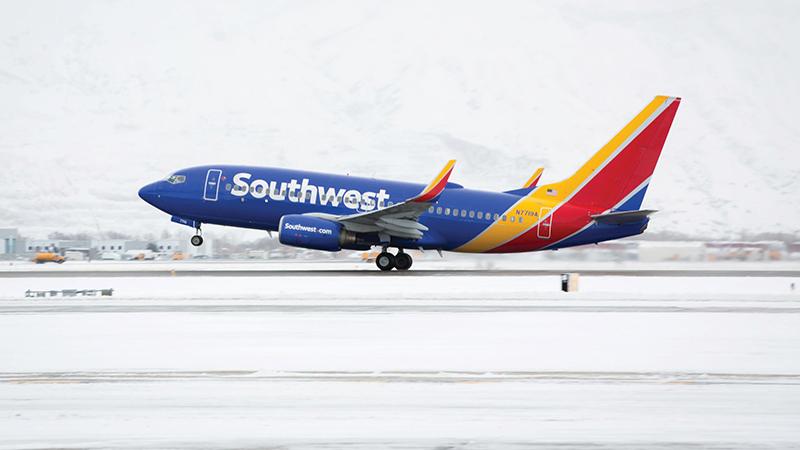
Airlines are keeping more older aircraft in service longer to fill gaps created by delivery shortfalls from Airbus and Boeing.
Credit: Joepriesaviation.net
New aircraft production and delivery rates are ramping up steadily to the figures that manufacturers promised and on which airlines and lessors are counting. Supply chain logjams are easing, helping needed material flow more predictably to both production lines and repair stations. These and similar...
Aftermarket Growth May Slow, But Demand Endures is part of our Aviation Week & Space Technology - Inside MRO and AWIN subscriptions.
Subscribe now to read this content, plus receive full coverage of what's next in technology from the experts trusted by the commercial aircraft MRO community.
Already a subscriber to AWST or an AWIN customer? Log in with your existing email and password.




